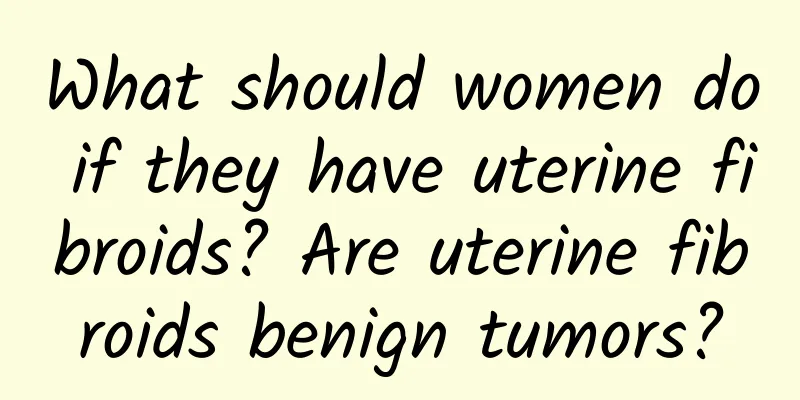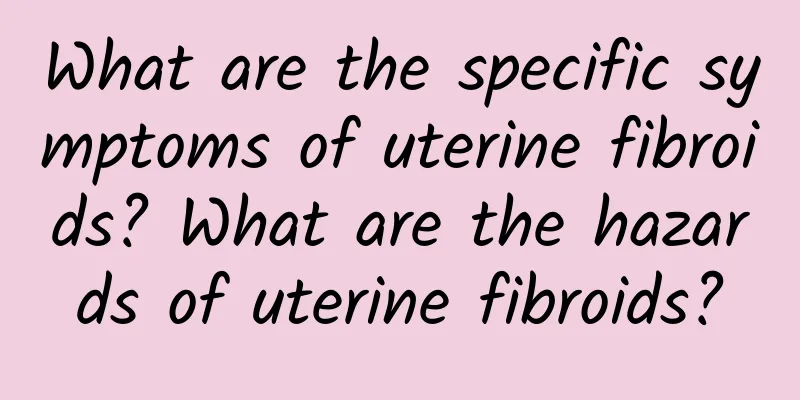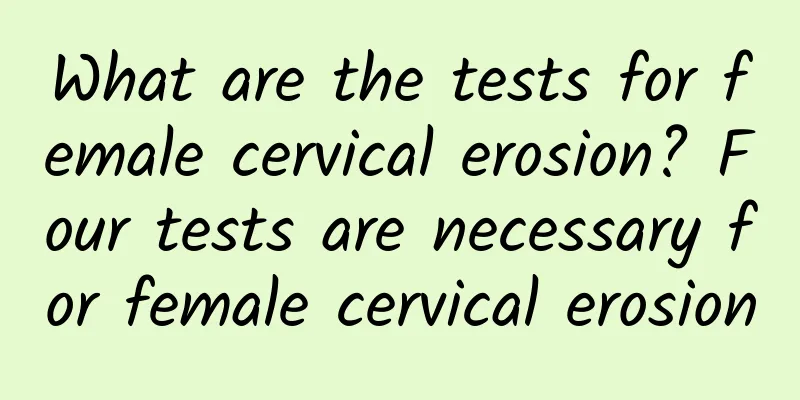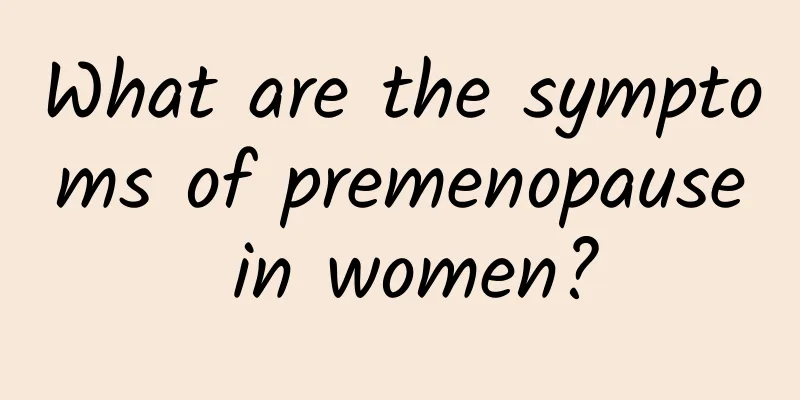What should women do if they have uterine fibroids? Are uterine fibroids benign tumors?

|
What to do with uterine fibroids: (1) Symptoms: Treatment methods are selected based on symptoms. Uterine fibroids may be more important than other diseases (especially tumors). Uterine fibroids are a benign tumor. Many women have fibroids but do not receive treatment and live long and healthy lives. Autopsies of women who died of other causes often found fibroids in their uteri. They never had a history of uterine fibroids. Therefore, whether a fibroid patient has symptoms is the main basis for determining treatment policies. In fact, whether a fibroid patient receives treatment, what kind of treatment, or what kind of surgery largely determines the presence and severity of symptoms, because uterine fibroids are often accompanied by endometrial lesions, such as simple endometrial hyperplasia, glandular cystic endometrial hyperplasia, adenomatous endometrial hyperplasia, and even atypical endometrial growth, which are usually accompanied by irregular vaginal bleeding. Therefore, when dealing with uterine fibroids, we must understand the menstrual situation. Diagnostic scraping should be performed for bleeding symptoms to help with treatment. (2) Size and location of fibroids: The size and location of fibroids are also important in determining treatment policies. For patients with no symptoms or mild symptoms, it is difficult to determine whether the length of the fibroids is still within the safe range. However, the vast majority of scholars believe that when the fibroid is equivalent to the size of a 12-week pregnant uterus, close to or exceeding this standard, surgery should be performed, because the tumor is too large, the surgical field is poorly exposed, the operation is difficult, and the bleeding is difficult to control. For cervical or lower uterine fibroids, it is best to have surgery in advance. If the diameter of the fibroid is greater than 3cm, surgery should be performed immediately. Otherwise, surgery should not be performed. In addition, attention should be paid to the growth rate of the fibroids and pelvic lesions. If the pelvic lesions or fibroids grow quickly, surgery should be performed in time. If the operation is estimated to be difficult, preoperative drug treatment can be considered to reduce the difficulty of the operation and reduce intraoperative bleeding. (3) Age and fertility status: For young patients who want to have children, the uterus should be preserved. When asymptomatic patients still cannot get pregnant after a period of observation, myomectomy can be performed. Those with symptoms should undergo myomectomy in a timely manner. Although young patients already have children, they can also consider myomectomy to preserve the uterus. Patients around 50 years old should be actively treated when symptoms are obvious. In addition to surgical treatment, drug treatment can also be considered; patients with symptoms or symptoms should not receive special treatment. For middle-aged women who already have children, it is generally believed that the uterus is "unnecessary" to have children. However, with the development of science, whether hysterectomy (ovarian preservation) will have an impact on physiology and spirit is still worthy of further study. Therefore, for patients in this age group, if they are worried about hysterectomy, they need to preserve the uterus and myomectomy. |
<<: What should I do if I find uterine fibroids? How should I treat uterine fibroids?
Recommend
Reducing sugar helps lose weight and fight aging! Nutritionists recommend cauliflower rice and tofu rice as smart alternatives to starch
"Many civilization diseases are caused by di...
Experts reveal how to prevent dysmenorrhea in winter?
Dysmenorrhea brings great pain to patients' l...
What are some methods to relieve dysmenorrhea?
Many people must know or understand the disease o...
Specific drugs for treating amenorrhea
There is no specific cure for amenorrhea. Amenorr...
What are the early symptoms of ectopic pregnancy? Vaginal bleeding
There are many early symptoms of ectopic pregnanc...
Food promotion for children will be restricted in the first review of the esophageal law
The toxic starch scandal has prompted lawmakers f...
How can women prevent cervical erosion and hyperplasia? 11 ways to prevent cervical erosion and hyperplasia
The incidence of cervical erosion and hyperplasia...
What is the cause of death from uterine fibroids? Is the mortality rate from uterine fibroids high?
Uterine fibroids are common benign tumors that gr...
How to treat pelvic effusion after gastric cancer surgery
Pelvic effusion is a complication after gastric c...
Can Iodine Solution Be Used to Clean Fungal Vaginitis?
Can candidal vaginitis be cleaned with iodine sol...
How to choose the treatment method for cervical warts
Gynecologists say that I believe all female frien...
Recommended Medicinal Diet for Patients with Irregular Menstruation
Irregular menstruation is one of the most common ...
What are the causes of irregular menstruation? Is irregular menstruation related to medication?
Hormone imbalance: Hormone imbalance is the main ...
Causes of non-menstrual bleeding
Causes of non-menstrual bleeding: Women may exper...
[Video version] Get rid of belly fat in summer, drink this way to lose weight and fight aging! These two slimming soups will make your belly more and more concave
Do you have the trouble of abdominal obesity in s...









